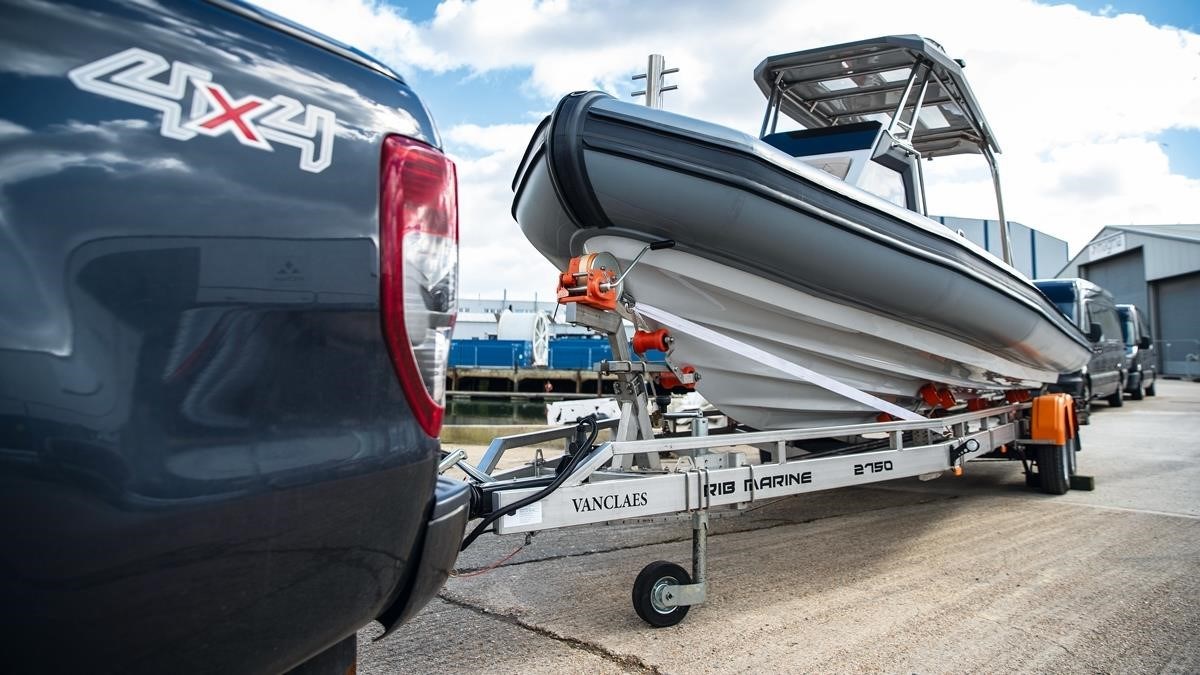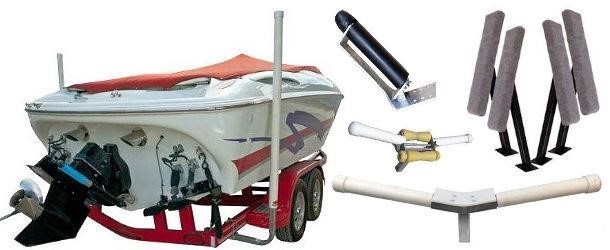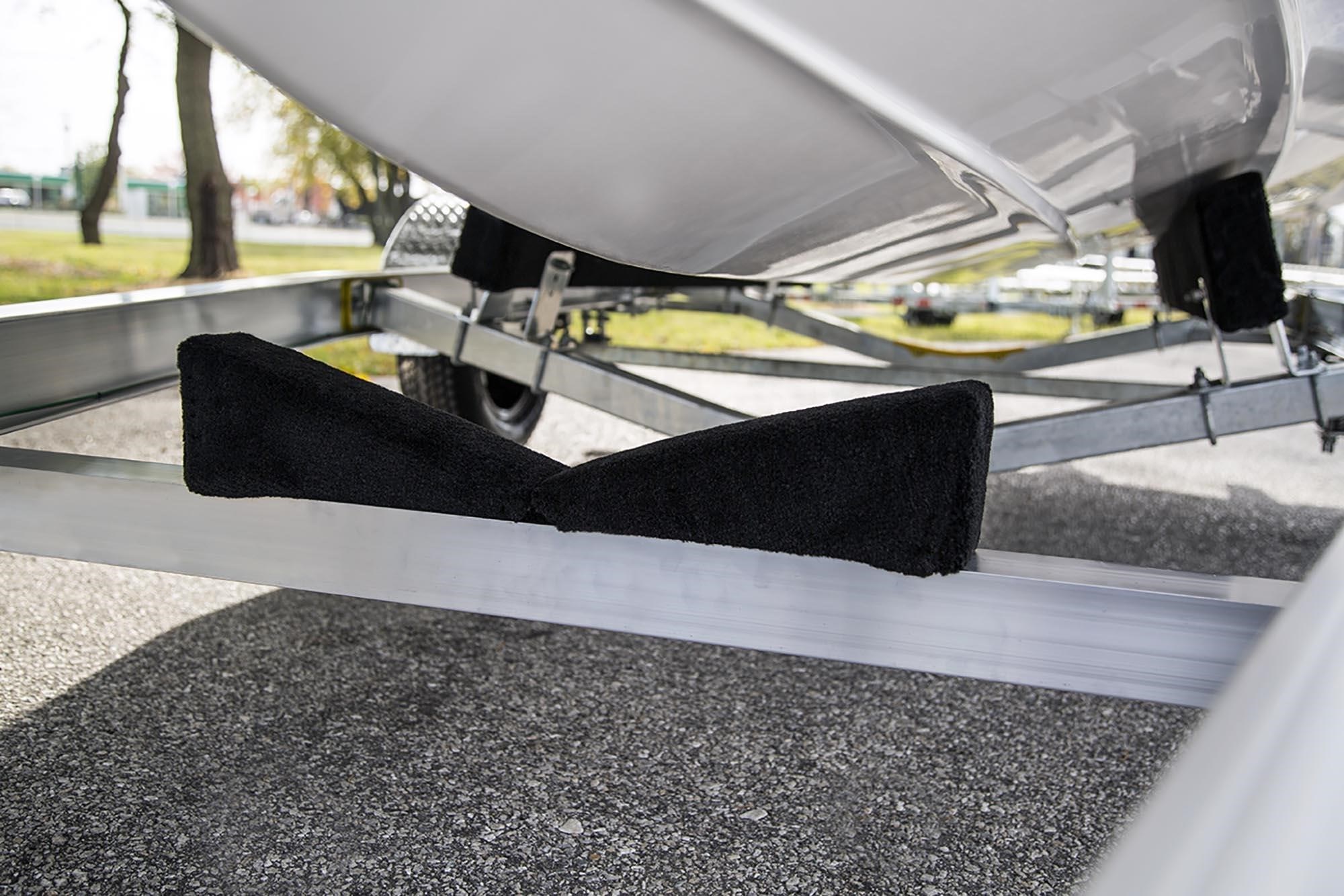Boat Trailer Bow Guide⁚ A Comprehensive Guide
This guide explores boat trailer bow rollers‚ crucial for protecting your boat’s hull during transport. We’ll cover types‚ materials‚ installation‚ maintenance‚ popular brands‚ troubleshooting‚ safety‚ and accessories‚ ensuring smooth launching and retrieval.
Understanding Bow Rollers
Boat trailer bow rollers are essential components designed to cradle and support the bow of your boat while it’s being transported on a trailer. Their primary function is to protect the boat’s hull from damage during launching and retrieval. Factory-installed rollers are often made of materials that can scratch or abrade the hull‚ leading to unsightly marks. High-quality replacement rollers‚ such as those made of polyurethane or other durable plastics‚ offer significant improvements in protection and longevity. Properly functioning bow rollers minimize friction‚ allowing for smoother movement and reducing the strain on both the boat and the trailer. A well-maintained bow roller system ensures that your boat’s bow is securely supported and protected throughout the entire trailering process. The design of a bow roller includes a roller itself‚ often with end caps or bells‚ which helps to guide the boat onto the trailer and keeps it centered. These rollers rotate freely‚ reducing friction and wear on the boat’s hull. The mounting bracket securely attaches the roller to the trailer frame. Choosing the correct size and type of bow roller is critical to ensure proper fit and function for your specific boat and trailer.

Types of Bow Rollers⁚ Materials and Designs
Bow rollers come in various materials‚ each with its own advantages and disadvantages. Common materials include rubber‚ PVC‚ and polyurethane. Rubber rollers are affordable but prone to cracking and wear‚ especially in harsh conditions. PVC rollers offer better durability than rubber but can still scratch a boat’s finish. Polyurethane rollers‚ like those from Stoltz‚ are a premium option known for their exceptional durability‚ resistance to abrasion and cracking‚ and non-marring properties. They represent a worthwhile investment for long-term protection. Designs vary; some are simple rollers‚ while others incorporate features like end bells or stops to help center the boat on the trailer. Size is also crucial‚ with roller diameter and width needing to match your boat’s bow shape and size. Consider the overall weight of your boat when choosing a roller; larger‚ heavier boats require more robust rollers. You’ll find rollers designed to fit specific bracket sizes and shaft diameters‚ ensuring a secure and stable fit. The material and design you choose should prioritize the protection of your boat’s finish and the longevity of the roller itself.

Choosing the Right Bow Roller for Your Boat
Selecting the appropriate bow roller involves careful consideration of several key factors. First‚ assess your boat’s hull material and finish. A softer hull requires a non-marring roller‚ such as those made of polyurethane. The boat’s size and weight are also crucial; heavier boats necessitate sturdier‚ larger-diameter rollers capable of handling the increased load. Measure the width of your boat’s bow to ensure the roller’s width provides adequate support and prevents the boat from shifting during transport. Check your trailer’s existing bracket; the roller must fit securely and align correctly. Some rollers are designed for specific bracket sizes and shaft diameters. Consider the environmental conditions your boat will face. If you frequently use saltwater‚ opt for corrosion-resistant materials. Budget is another factor. While inexpensive rubber rollers are available‚ they may require more frequent replacements. Higher-quality polyurethane rollers offer superior longevity‚ making them more cost-effective in the long run. Research reviews of different brands and models to gauge user experiences and identify reliable options. Ultimately‚ the best bow roller provides secure support‚ protects your boat’s finish‚ and stands up to the rigors of frequent use.
Installation and Maintenance of Bow Rollers
Installing a bow roller typically involves attaching it to a bracket on your boat trailer. Begin by carefully aligning the roller with the bracket‚ ensuring proper fit and stability. Use appropriate fasteners‚ such as bolts and nuts‚ to secure the roller firmly. Tighten them according to the manufacturer’s instructions. Always double-check the installation for any looseness or misalignment to prevent damage during transport. Regular maintenance is essential for optimal performance and longevity. Inspect the roller regularly for wear and tear‚ checking for cracks‚ damage‚ or excessive wear on the roller’s surface. Lubricate the roller’s shaft periodically with marine-grade grease to reduce friction and ensure smooth operation‚ especially if using a metal shaft. Clean the roller periodically‚ removing dirt‚ debris‚ or salt buildup. For rubber rollers‚ consider applying a UV protectant to extend their lifespan. If you notice any significant damage or wear‚ replace the roller promptly to prevent damage to your boat’s hull. Proper installation and regular maintenance will ensure your bow roller functions effectively‚ protecting your investment and providing years of reliable service.
Benefits of Upgrading to High-Quality Bow Rollers
Upgrading your boat trailer’s bow roller to a high-quality model offers several significant advantages. High-quality rollers‚ often made from durable materials like polyurethane or high-density polyethylene (HDPE)‚ are far more resistant to cracking‚ splitting‚ and wear than cheaper alternatives. This extended lifespan translates to long-term cost savings‚ eliminating the need for frequent replacements. Superior materials also provide enhanced protection for your boat’s hull‚ minimizing the risk of scratches‚ abrasions‚ and other damage during launching and loading. The smooth‚ non-marking surfaces of premium rollers ensure a gentle‚ damage-free transition. High-quality rollers often feature improved designs that enhance the centering and stability of your boat on the trailer‚ simplifying the loading and launching process. Some high-end models incorporate features like integrated bow stops for added security. This contributes to a safer and more efficient experience‚ reducing the risk of accidental damage. The investment in high-quality bow rollers contributes to the overall longevity and value of your boat and trailer‚ ensuring a smoother‚ safer‚ and more enjoyable boating experience for years to come. Ultimately‚ the improved protection and reduced maintenance make the upgrade worthwhile.
Popular Bow Roller Brands and Models
Several brands consistently receive high praise for their boat trailer bow rollers. Stoltz rollers are frequently recommended for their durability and performance‚ often cited for their polyurethane construction which resists cracking and abrasion. These are a popular choice for boat owners seeking long-lasting‚ high-quality components. Attwood also manufactures a range of rollers‚ often integrated into complete roller assemblies‚ providing a convenient solution for replacement or upgrades; Their products are readily available at many marine supply retailers. Tie Down Engineering is another well-regarded brand offering various bow roller assemblies and components‚ known for their robust designs and compatibility with a variety of boat trailers. SeaSense offers super polymer bow rollers‚ praised for their non-marking properties and resistance to damage from saltwater exposure. When selecting a specific model‚ carefully consider the size and dimensions to ensure compatibility with your boat’s bow shape and your trailer’s existing bracket system. Online retailers and marine supply stores offer detailed product specifications and customer reviews to help inform your choice. Remember to check compatibility with your trailer before purchasing.
Troubleshooting Common Bow Roller Issues
One common problem is roller damage‚ often manifesting as cracks or deformation in rubber rollers. This usually results from impacts during launching or retrieving the boat‚ or from prolonged exposure to harsh environmental conditions. Replacing damaged rollers is crucial for both safety and to prevent further hull scratches. Another frequent issue is insufficient roller support‚ which can cause undue stress on the bow and lead to damage. Ensure the rollers are correctly aligned and properly spaced to distribute the boat’s weight evenly. If the boat rubs or scrapes against the roller‚ it might indicate misalignment or the need for a larger roller. Sometimes‚ rollers become stiff or difficult to turn‚ often due to dirt‚ debris‚ or corrosion. Regular cleaning and lubrication can resolve this. Inspect the roller shaft for any signs of rust or damage; replace the shaft if needed. If the rollers are excessively worn or damaged beyond repair‚ replacement is necessary. Consider upgrading to higher-quality materials like polyurethane to enhance durability and longevity. Addressing these issues proactively prevents damage to your boat and ensures a smooth launching and retrieval process every time.
Safety Precautions When Using Bow Rollers
Before launching or retrieving your boat‚ always inspect the bow rollers for any damage‚ wear‚ or misalignment. Ensure that the rollers are securely fastened and properly lubricated to prevent seizing. Never attempt to launch or retrieve a boat if the rollers appear damaged or compromised. Always use appropriate safety gear‚ including gloves and eye protection‚ when handling rollers or making adjustments to the trailer. When launching‚ ensure that the boat is properly centered on the rollers and that the bow is supported evenly to prevent it from tilting or shifting during the launch. When loading the boat onto the trailer‚ approach slowly and cautiously to prevent sudden impacts that could damage the bow rollers or the boat’s hull. Avoid sudden stops or jerky movements that can create stress on the rollers. After launching or retrieving the boat‚ always inspect the bow rollers for any signs of damage or wear. Regular cleaning and maintenance will prolong the life of your bow rollers and prevent accidents.
Bow Roller Accessories and Enhancements
Enhance your boat trailer’s functionality and protect your investment with a range of bow roller accessories. Consider adding end caps to your rollers to prevent debris from accumulating and causing damage. These caps also help to maintain the roller’s structural integrity. For added security and to prevent the boat from shifting during transport‚ consider using bow stops in conjunction with your rollers. These stops provide an additional layer of protection‚ ensuring your boat remains securely in place. Upgrading to stainless steel shafts can significantly increase the lifespan of your rollers‚ resisting corrosion and providing superior durability. For improved convenience and reduced strain during launching and retrieving‚ a winch system can be integrated with your bow roller setup. This allows for smooth and controlled movement of your boat‚ reducing the risk of damage. Installing a roller-mounted winch post can further streamline the process and provide a more stable launching and retrieval experience. Finally‚ consider using non-marking rollers to minimize the risk of scratches and abrasions on your boat’s hull.
Frequently Asked Questions about Bow Rollers
Many boat owners have questions about bow rollers. A common query is⁚ “What is the best material for boat trailer rollers?” Polyurethane is often recommended for its durability and resistance to cracking and splitting‚ unlike rubber. Another frequent question revolves around choosing the right size⁚ “How do I determine the correct size bow roller for my boat?” This depends on your boat’s hull shape and weight. Consult your boat’s manual or a trailer parts professional for guidance. “How often should I inspect and maintain my bow rollers?” Regular checks for wear‚ tear‚ and damage are crucial. Lubrication can also extend their lifespan. Some owners ask⁚ “Can I use bow rollers with different materials on the same trailer?” While possible‚ it’s generally best to use consistent materials for optimal performance and to avoid potential compatibility issues. Finally‚ a question about installation arises⁚ “Is it difficult to install bow rollers myself?” While doable for some‚ professional installation is often recommended‚ especially for complex setups‚ ensuring proper alignment and functionality. Addressing these common concerns helps ensure safe and efficient boat transportation.
Where to Buy Boat Trailer Bow Rollers
Finding the right boat trailer bow rollers involves exploring various options. Online retailers like Amazon offer a wide selection‚ from brands like Attwood and SeaSense‚ providing user reviews and comparisons; Specialized marine supply stores‚ such as West Marine and Overton’s‚ provide expert advice and a curated range of high-quality products. Local boat trailer parts suppliers are another excellent resource. They often stock popular brands and can offer personalized recommendations based on your boat type and trailer. Many independent boat repair shops also sell bow rollers and related hardware. Directly contacting manufacturers like Stoltz‚ known for their polyurethane rollers‚ is another option‚ especially for specific models or custom requirements. Finally‚ online marketplaces like eBay offer used and new options‚ often at competitive prices‚ though careful inspection is essential before purchasing. Considering the various options ensures you find the perfect bow rollers to meet your needs and budget‚ protecting your investment.
